MY BOOK WORLD

Dahlstrom writes so nicely for children. He doesn’t talk down to them. In fact, he strives to expand their vocabularies, I believe. In this simple adventure in which a friend of the family, a man of seventy-two, takes twelve-year-old Wilder and his female friend Sunny on a fishing trip. The author goes into great detail about trout fishing in Colorado, incorporating words like tippet, hopper-dropper, bead head, and two-fly rig. You either get meaning by context or author explanation or looking them up. Either way you learn. The climax of the book may be when, during this camping trip, the three campers are confronted by a mother bear and two cubs. It is a realistic and dynamic depiction, rather graphic at times, but it does give Wilder and Sunny a chance to grow up in certain ways before Sunny’s father locates them and saves them from further adventures. Wilder and Sunny form a bond that may last well into the future. Only time will tell.
Up Next:
TUES: A Writer's Wit | Dorothy Thompson
WEDS: A Writer's Wit | Alice Munro
THURS: A Writer's Wit | Frederick Beuchner
FRI: My Book World | Charles Kenney, John F. Kennedy: The Presidential Portfolio. History as Told through the Collection of the JFK Library


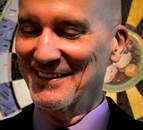
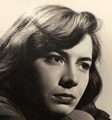
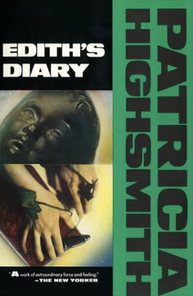

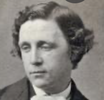
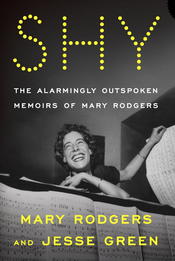


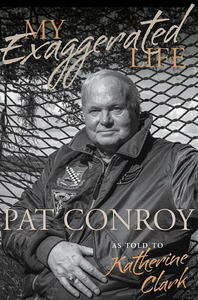



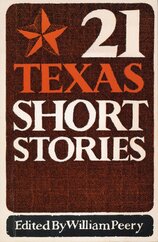


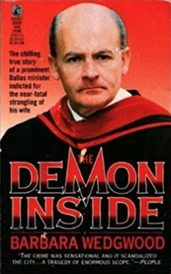


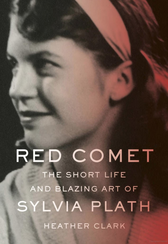





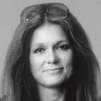
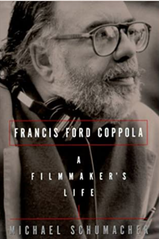


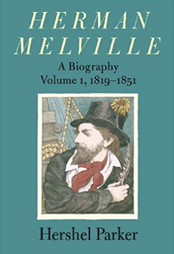


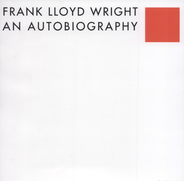








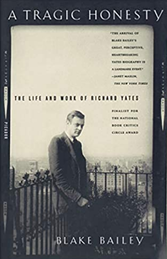


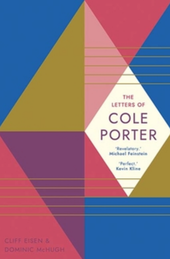


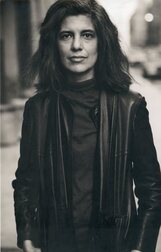

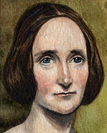
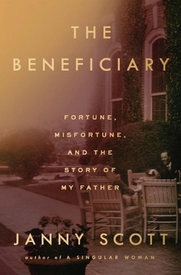


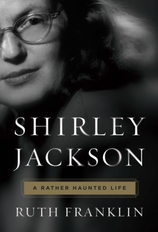

 RSS Feed
RSS Feed